
Malta, the tiny Mediterranean jewel, is known for its stunning natural beauty, rich history, and vibrant culture. With influences from various civilizations over the centuries, Malta offers a unique blend of heritage and modernity. Its clear beaches and sunny atmosphere make it a favorite destination for travelers worldwide. If you plan a trip to Malta this year, this comprehensive guide covers everything from the best times to visit and top cities to explore to essential travel tips and exciting activities.
What’s Inside This Guide?
- Best Time to Visit Malta
- Top 5 Cities to Explore in Malta
- Top 10 Activities to Try in Malta
- Essentials Before Traveling to Malta
- Travel Costs in Malta for Travelers
- Money-Saving Tips in Malta
- 7 Fun Facts About Malta
- Top FAQs About Traveling to Malta
- Staying Connected with an eSIM in Malta
Best Time to Visit Malta
Malta enjoys a Mediterranean climate, making it a year-round destination. However, the ideal time to visit depends on your activities of interest.
- Summer (June – August): This is the peak tourist season, and it offers sunny weather, perfect for beaches and water sports. Expect higher prices and larger crowds.
- Spring (March – May) and Autumn (September—November): These seasons feature mild weather and fewer tourists, making them ideal for exploring nature and historical sites.
- Winter (December – February): Although quieter, winter is great for cultural and historical exploration, with lower prices and moderate temperatures.
Top 5 Cities to Explore in Malta
1. Valletta
As Malta's capital and a UNESCO World Heritage Site, Valletta is a treasure trove of history and culture. Explore its narrow cobblestone streets, St. John's Co-Cathedral, and the Grandmaster's Palace. Take advantage of the stunning views of the Grand Harbour from Upper Barrakka Gardens.
2. Mdina
Known as the "Silent City," Mdina is a fortified medieval town in central Malta. Its quiet streets and ancient architecture transport visitors back to the Middle Ages.
3. Gozo
This peaceful island is known for its clear waters, scenic beaches, and ancient Ġgantija Temples, one of the oldest stone structures.
4. Sliema
A modern and vibrant city, Sliema is famous for luxury shopping, upscale dining, and a scenic promenade offering breathtaking views of Valletta.
5. St. Julian's
For nightlife enthusiasts, St. Julian's is the place to be. It's Malta's entertainment hub, which is packed with cafes, bars, and nightclubs.
Related: Montenegro Travel Guide: Everything You Need to Know
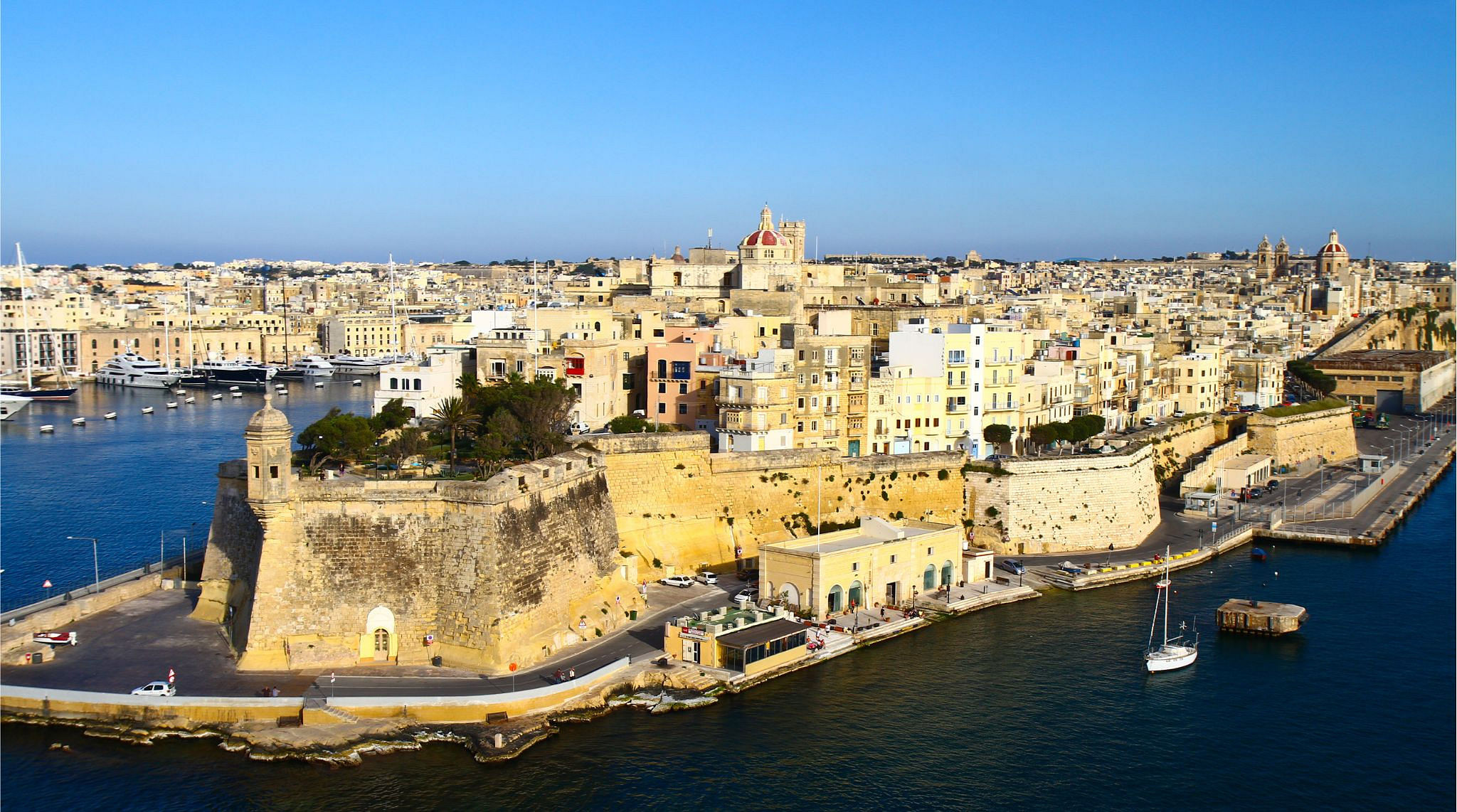 Freepik
Freepik
Top 10 Activities to Try in Malta
1. Swim and Dive at Blue Lagoon
Blue Lagoon is located on Comino Island and boasts crystal-clear turquoise waters, perfect for swimming, snorkeling, and diving.
2. Wander Through Baroque Gardens
Upper Barrakka Gardens in Valletta offer a serene escape with panoramic views of the Grand Harbour.
3. Explore Sea Caves
Take a boat trip to discover Malta's stunning sea caves, including the famous Blue Grotto, a natural wonder with dazzling blue waters.
4. Visit Ancient Temples
Malta is home to prehistoric sites like Ġgantija Temples and Ħaġar Qim, dating back thousands of years.
5. Shop in Sliema
Indulge in retail therapy at Sliema's luxury shops and local markets, offering unique handmade products.
6. Taste Traditional Maltese Food
Try local specialties like pastizzi (cheese-filled pastries) or fresh seafood dishes.
7. Take a Historical Tour of Mdina
Explore this fortified town's quiet, narrow streets and marvel at its ancient charm.
8. Relax on Gozo's Beaches
Escape to Gozo for pristine beaches, clear waters, and tranquil surroundings.
9. Tour the Grandmaster's Palace
Located in Valletta, this historic site showcases Malta's rich history through its architecture and artifacts.
10. Visit Popeye Village
Originally a film set, Popeye Village is now a family-friendly attraction with fun activities for all ages.
Essentials Before Traveling to Malta
-
Visas and Passports
Malta is part of the Schengen Area. Most travelers require a Schengen visa. Ensure your passport is valid for at least six months.
-
Accommodation
Book your stay in advance, especially during summer. Options range from budget-friendly hostels to luxury hotels.
-
Currency
The official currency is the Euro (€). For small transactions, it's advisable to carry cash alongside credit cards.
-
Health Insurance
Travel insurance covering medical emergencies is highly recommended.
-
Language
Maltese and English are the official languages, and Italian is also widely understood.
Related: 30 Must-See Tourist Places in Dubai You Absolutely Cannot Miss
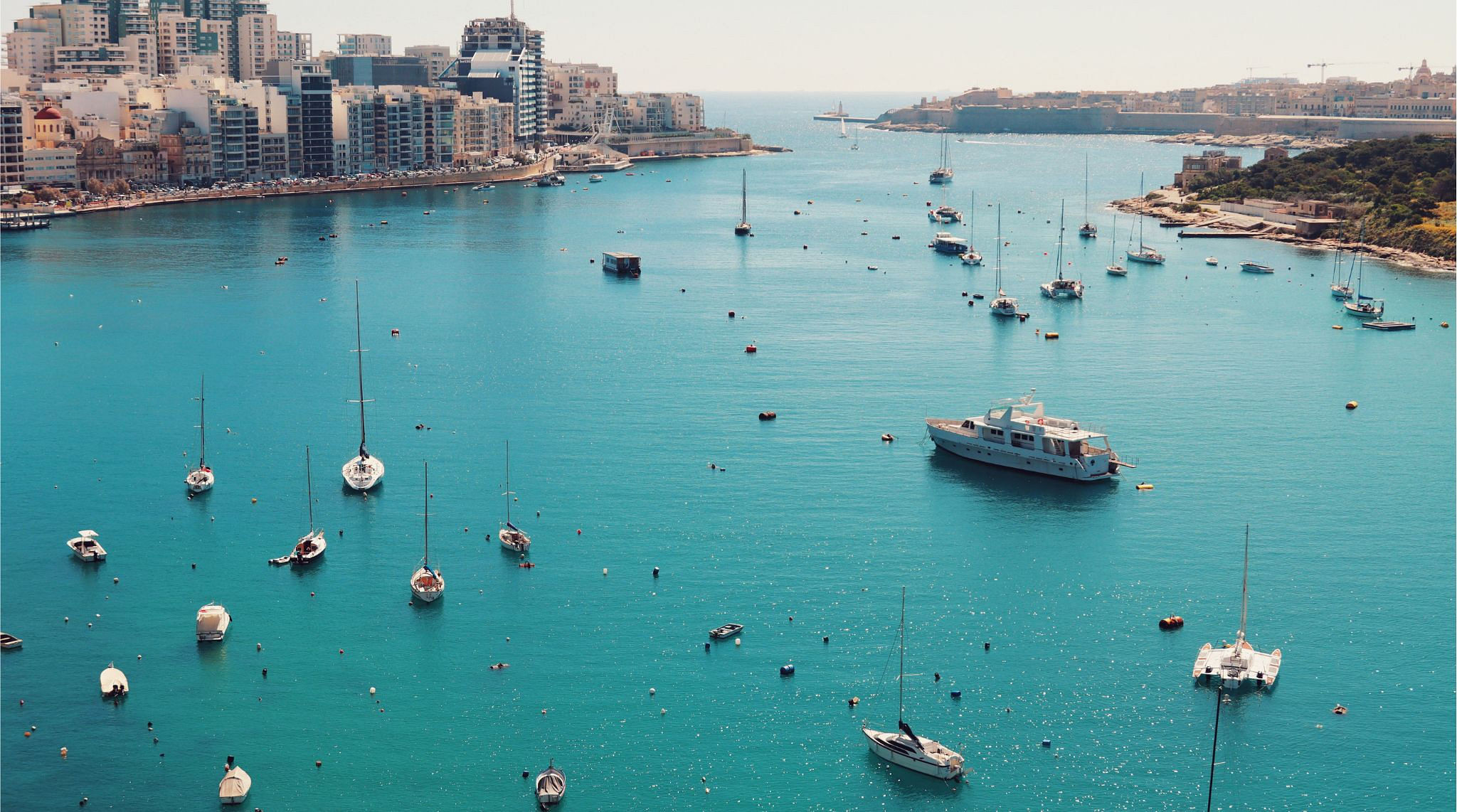 Freepik
Freepik
Travel Costs in Malta for Travelers
Malta is considered a moderately priced destination compared to other European countries. However, costs can vary significantly depending on the season, duration of stay, and travel style. Here's a comprehensive breakdown of the expected travel expenses for travelers, focusing on accommodations, dining, transportation, and activities to help you plan a realistic budget for your trip.
Accommodation Costs
Malta offers a wide range of accommodations to suit various budgets. Below is an estimate of the costs for different types of lodging:
- Budget Hotels and Guesthouses: Prices range from €30 to €70 per night. These are typically simple options that cater to budget-conscious travelers.
- Mid-Range Hotels: A 3- or 4-star hotel costs between €70 and €150 per night. These hotels provide good comfort and excellent facilities and are often near beaches or tourist attractions.
- Luxury Hotels and Resorts: Prices for high-end accommodations range from €150 to €300 per night. These properties often include top-notch amenities like pools, spas, and sea views.
- Alternative Accommodations: Furnished vacation rentals, such as apartments, are perfect for families or groups. Prices average between €60 and €120 per night, depending on the location and size.
Food and Beverage Costs
Malta's cuisine is diverse and relatively affordable, offering options for all budgets. Here's a breakdown of dining costs:
- Local Restaurants: A meal at a casual eatery costs approximately €10–€15 per person, allowing you to enjoy Maltese specialties like pastizzi (traditional pastries) and fresh seafood.
- Mid-Range Dining: Meals at mid-range restaurants range from €15 to €30 per person, including a main dish and a drink. These venues often serve a variety of seafood and pasta dishes.
- Fine Dining: Gourmet meals at upscale restaurants start at €40 and can go up to €80 per person, depending on the type of restaurant and service. Fine dining spots often combine innovative dishes with local flavors.
- Fast Food and Cafés: Quick meals at fast-food outlets cost between €5 and €10. At the same time, cafés offer sandwiches and coffee at affordable prices.
Transportation Costs
As a small island, Malta is easy to navigate, and transportation is reasonably priced. Here are the available options and their costs:
- Public Buses: The most economical option, with single tickets costing €1.5 to €2 in winter and €2 to €3 in summer. Daily and weekly bus passes are also available for added savings.
- Car Rentals: Renting a car offers freedom to explore at your own pace, with daily rates ranging from €20 to €40, depending on the car type and season. Remember that driving is on the left side of the road in Malta.
- Taxis and Ride-Sharing Services: Taxi fares start at around €10 for short trips, with costs increasing based on distance. Ride-sharing apps like Bolt and Uber are also available and can be more budget-friendly.
- Boat Trips: Popular for exploring coastal areas like the Blue Lagoon and Blue Grotto, boat tours cost between €15 and €30 per person.
Activity and Entertainment Costs
Malta offers a range of activities and attractions to suit different budgets:
- Entrance Fees for Tourist Sites: Entry to famous attractions like St. John's Co-Cathedral or the Grandmaster's Palace costs between €5 and €15 per person.
- Diving Experiences: Malta is a premier diving destination with clear waters and shipwrecks. Diving sessions cost between €50 and €70, depending on the location and dive school.
- Historical Tours: Guided tours of cities like Valletta and Mdina, including visits to archaeological sites and ancient temples, start at around €15 per person.
- Free Activities: Enjoy Malta's beautiful beaches, stroll through public gardens, and explore Mdina's old town at no cost.
Approximate Daily Budget for Solo Travelers
Here's a breakdown of daily expenses based on different travel styles:
- Budget Travelers: €50–€70 per day, covering stays in budget accommodations, meals at local eateries, public transport, and free activities.
- Mid-Range Travelers: €100–€150 per day, including stays in mid-range hotels, meals at mid-range restaurants, entry fees to attractions, and car rentals if needed.
- Luxury Travelers: €200–€300 per day, including accommodations in luxury hotels, fine dining, and premium activities like diving or private boat tours.
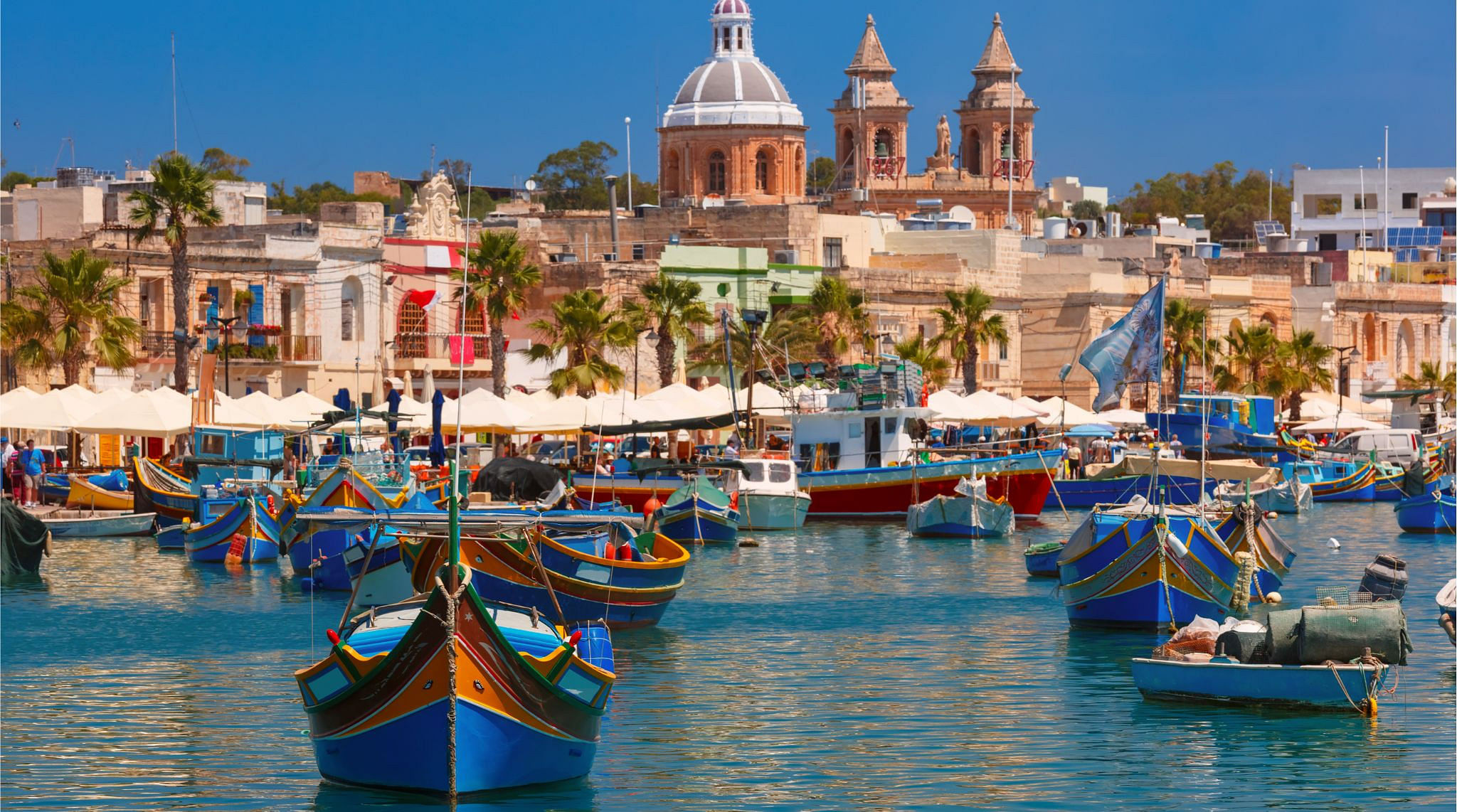 Freepik
Freepik
Money-Saving Tips for Traveling to Malta
- Book Accommodation in Advance: Secure your hotel bookings early for the best rates, especially during peak tourist seasons. Planning can help you avoid inflated prices.
- Use Public Buses: Malta's public bus system is well-connected and covers most tourist spots, making it a cost-effective alternative to taxis.
- Opt for Free Activities: Take advantage of the many free activities available in Malta, such as relaxing on the beaches, strolling through public gardens, and exploring scenic promenades.
- Cook in Apartment Rentals: If you prefer to save on dining expenses, consider staying in a serviced apartment or rental with a kitchen. Buy groceries and prepare simple meals to cut down on food costs.
Planning smartly lets you enjoy Malta's beauty, rich history, and vibrant culture while staying within your budget and fulfilling your travel aspirations.
7 Fun Facts About Malta
- Only Three Inhabited Islands: Malta consists of three main inhabited islands: Malta, Gozo, and Comino. The smaller surrounding islands remain uninhabited, adding an air of mystery and charm to the archipelago.
- Europe's Smallest Capital: Valletta, Malta's capital, is just 0.8 square kilometers, making it Europe's smallest capital city. Despite its size, it is packed with historical landmarks and cultural treasures.
- Home to the World's Oldest Temples: Malta is home to the Ġgantija and Ħaġar Qim temples, which date back to around 3600 BCE and predate the Pyramids of Giza and Stonehenge.
- Maltese: Europe's Only Semitic Language: Maltese is the only Semitic language officially spoken in Europe. It uses the Latin alphabet but incorporates many Arabic words, reflecting the island's rich history.
- Hollywood's Hidden Film Set: Malta's picturesque locations have been featured in blockbuster movies such as Troy, Gladiator, and Game of Thrones, making it a favored destination for filmmakers.
- An Underwater Tourist Paradise: Malta is a top destination for diving enthusiasts. The island's clear waters are home to sunken ships and fascinating underwater landscapes, making it one of the world's best diving spots.
- Multilingual Locals: Most Maltese residents are trilingual and fluent in Maltese and English, with many also speaking Italian due to the country's geographical and cultural ties to Italy.
Related: Georgia Travel Guide: Everything You Need To Know
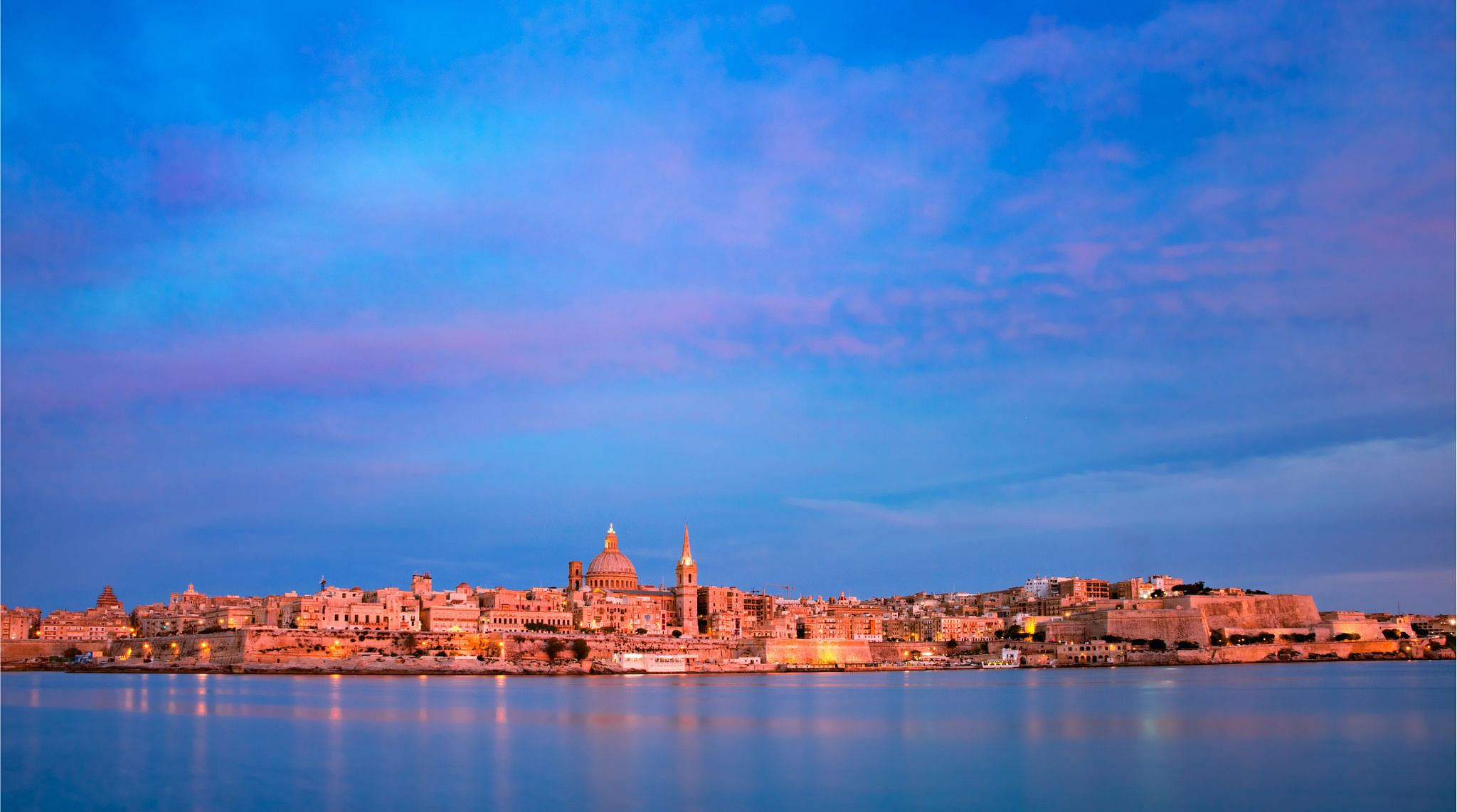 Freepik
Freepik
Top FAQs About Traveling to Malta
-
Is Malta Safe for Tourists?
Malta is considered one of the safest tourist destinations, with meager crime rates.
-
What Currency Is Used in Malta?
The official currency of Malta is the Euro (€).
-
Do I Need to Learn Maltese Before Traveling?
Learning Maltese before your trip is not necessary. English is widely spoken and is one of the official languages.
-
What Is the Best Way to Get Around in Malta?
Buses are the most economical means of transportation. However, some travelers prefer renting a car to explore more remote areas.
-
Is Traveling to Malta Expensive?
Malta is moderately priced compared to other European destinations. Your budget can be adjusted depending on your travel style and preferences.
-
What Is Malta Famous For?
Malta is renowned for its beautiful beaches, rich history, stunning churches, and culture influenced by various civilizations.
-
What Are the Advantages of Visiting Malta?
Malta offers a vibrant cultural scene, a pleasant Mediterranean climate, clear beaches, and various tourist activities.
-
What's the Best of Malta This Year?
The top experiences in Malta this year include
- exploring Valletta's historic landmarks,
- diving in the Blue Lagoon and
- visiting charming villages like Mdina.
You can also enjoy the coastal beauty and attend music festivals yearly.
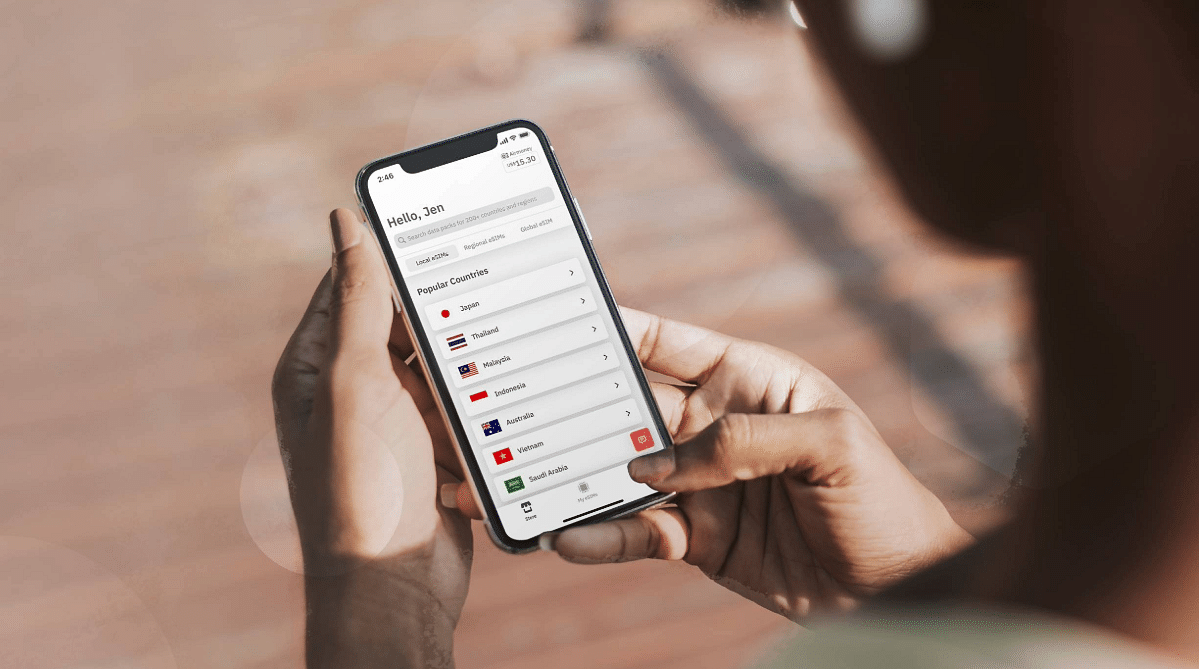
Stay Connected With an eSIM in Malta from Airalo
No matter where you travel, stay connected with an Airalo eSIM. Airalo gives you access to affordable eSIMs for 200+ countries and regions — including Malta.
Why Airalo? Here are a few reasons to use an Airalo eSIM when you travel:
- Connect to a mobile network within minutes of arrival.
- Choose from flexible local, regional, and global data plans.
- Eliminate the need to find a local SIM vendor.
- Say goodbye to expensive roaming charges.
- Store multiple eSIM data plans on your device.
- Running out of data? Top up in the Airalo app.
Planning a trip to Malta? Get a Malta eSIM to stay connected during your trip.



